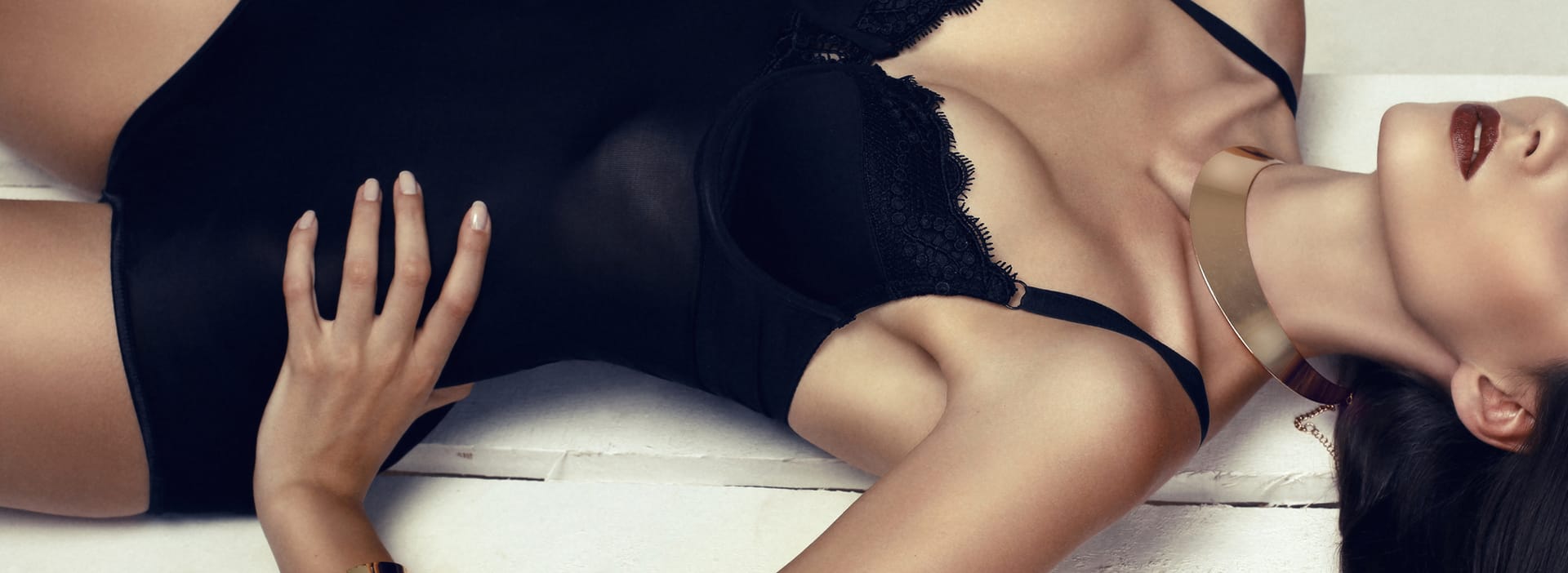Regarding the thinking about breast implant placement, the pendulum has swung back and forth through the years. Surgeons were taught various things, depending on the decade. But now, surgeons have realized that the decision about whether to place the breast implant above the chest muscle or behind the chest muscle depends on the individual patient.
When the cosmetic surgeon places the breast implant behind the muscle, the muscle covers the top half to two-thirds of the implant. When the muscle covers the implant, it helps to conceal the implant and provides a smoother transition from the chest to the breast. But this doesn’t work for everyone. In fact, your individual body type, amount of existing breast tissue, and the look you want all help determine which position is best for you.
Here are a few guidelines:
If you have a small amount of breast tissue: It is more likely you will want to go behind the muscle. If the breads implant is in front of the muscle, you won’t have enough breast tissue to cover the implant. That means that the roundness of the implant will be more visible. Ideally, you’d have half or two-thirds of the implant covered by muscle, so that it’s harder for you and others to notice that an implant is there.
If you have a moderate amount of breast tissue: If you have approximately 3 cm or greater of breast tissue (your surgeon will tell you the amount of tissue you have), you have a real choice between above and below the muscle. That’s when you can start to factor in new criteria, such as exercise. If you exercise, an implant placed behind the muscle is more likely to displace, or move, when you do exercises that use your chest muscles. However, there are newer surgical techniques that can minimize this. On the other hand, there is a slightly greater chance of capsular contracture, or implant hardening, when the implant is placed in front of the muscle.
If you have some breast tissue and a “saggy” or “droopy” breast: There are different points of view on this, and it will of course depend on individual anatomy. Some surgeons prefer to place the implant above the muscle because even though the breast (tissue and glands) itself has fallen (or drooped) down toward the abdomen, the chest muscles are still in the same place they have always been. So, if you were to put an implant behind the chest muscle, the breast would still be in the same position it was before surgery (drooping low), but now you would also have a breast implant protruding out from the chest wall a couple of inches above the rest of the breast.
Having a droopy, but larger, breast is not ideal, however, because if the implant does not provide enough lift by “re-inflating” a saggy breast, you can get that undesirable “rock in a sock” look. Furthermore, the weight of the implant, combined with gravity, can make your breasts sag even more. This is a trade-off you and your surgeon should discuss.



